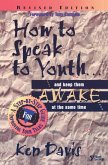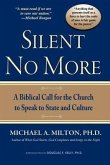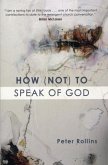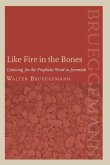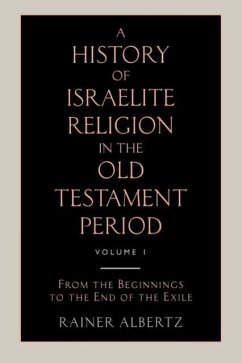Christians are wondering just what's going on in the church these days. How to discern what's behind the changes keeps scholars as well as church leaders and members busy. Pews are emptier and the people still sitting in them are older. Offering plates are lighter, too. As a result, congregations see no other choice but to reduce staff and cut back on programs and ministries. In our consumer-oriented, profit-driven culture, it's all about the numbers, after all. Churches are measured and judged by the same standards as every other institution: Market Share (the size of the weekend crowd); Income (the money in the offering plate or from direct bank deposits); Physical Presence (the church building and its campus, often more shopping mall than sacred place); Products and Services (for others or just the members). The downward spiral of this numbers game has ripple effects: Denominations downsize. Their publishing houses go out of business. Mission boards and seminaries respond to budget shortfalls with cutbacks. Land is sold. Unused buildings are repurposed or sometimes just left to rot and crumble. Regular church attendance used to mean every Sunday morning, perhaps on Sunday and Wednesday evenings, as well. Now, it's just whenever people feel like going. This used to be a problem faced primarily by Mainline Protestants. More recently it's spread to Southern Baptists and other evangelicals. It if weren't for massive Hispanic immigration, the Roman Catholic Church would be lumped in this category, too. Tragically, it carries the added burden of decades of sexual abuse of children by priests and other religious orders. It's not surprising, then, that opinion polls reveal a shrinking percentage of the U. S. population identifies as Christian (although at 70-plus percent that's still a solid majority). The number of people checking the "none" box continues to grow, especially among younger folks. They're much more likely to self-describe as "spiritual but not religious." Older folks have begun to give that response, too. What's happening in the U.S. has already happened in Canada and Europe. So, what's going on? Is Christianity dying in North America? Or has the death knell already sounded and we're just waiting for burial? If there are answers, are they religious, political, social, or generational? Is this about the institutions themselves or the spiritual nature of human beings these days? Have all the rules changed and nobody's told us yet? One response to this complex situation is for local church communities to rediscover the prophetic roots of Christianity. Both Jesus and the apostle Paul functioned as prophetic voices in the movement that emerged out of Judaism. But ever since Emperor Constantine effectively merged the Roman empire with the rapidly expanding church, this essential element has been downgraded if not lost entirely. The example of the Hebrew prophets (and, yes, Jesus of Nazareth and Paul of Tarsus belong in this category) offers a way forward for Christians to become prophetic communities. They can and must speak truth to power. Just as those ancient prophets in Israel and Judah identified injustice, idolatry, and inequality in their times, so too can a modern-day prophetic people address their own era. Those same basic issues from more than 2,500 years ago are still bedeviling 21st-century, Western societies. Speak to the Bones (whose imagery is drawn from Ezekiel's remarkable vision of the Valley of Dry Bones) tells the stories of Nathan, Elijah, Amos, Hosea, Jeremiah, Ezekiel, Jesus, and Paul. Their examples offer a pattern for 21st-century Christian disciples to speak, not merely as individuals but as inspired communities dedicated to the "kingdom of God on earth as it is in heaven." Each of the ten chapters includes helps for Reflection and Further Discussion. That makes this book ideal for use in organized study groups as well as by individuals on their own.


